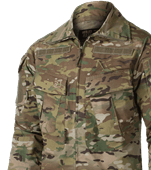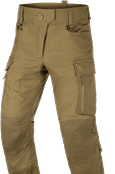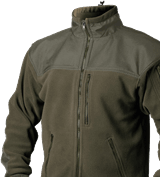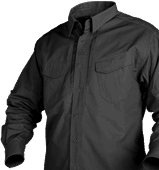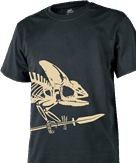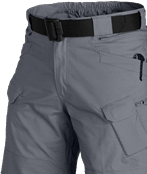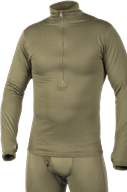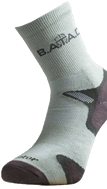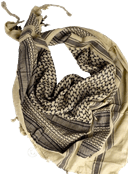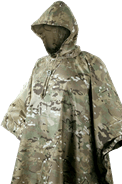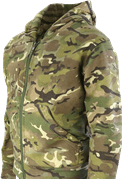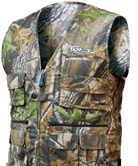Rain is a weather phenomenon that is naturally necessary for the functioning of nature, but at the same time it doesn't really play into our hands if we go outside ourselves. Therefore, if we expect rain, it is advisable to properly equip yourself with a poncho or a raincoat.
Getting wet in the field without the possibility of changing clothes can be really unpleasant. It's a tricky situation especially when it's raining non-stop and we have no way to dry ourselves. In such cases, health is already at stake. However, we can protect ourselves from the rain as a precaution—if we use a raincoat or poncho. What are the benefits of these pieces of clothing and what are the differences between them?
When there's nowhere to hide
Rain is especially unpleasant when there is nowhere to hide. A hiding place in the forest will only help for a while, until the tree branches become heavy under the weight of the water. And when weepy weather hits us on the ridge, then that possibility is often missing as well. And the worst thing is that at that moment we can only watch helplessly as our backpack and the spare clothes in it get wet. And suddenly you may begin to doubt the success of the expedition. That is, if you don't have a raincoat or a poncho with you. You could also have an umbrella, but this is not very practical for hiking in the nature.
Raincoats are just for us
A raincoat or trench coat for the rain has one disadvantage—only we can fit under it. If we have a friend with us who forgot to bring their own rain protection, then one of you will get wet—depending on how dedicated you are.
A raincoat can be thought of as a second jacket, but it is (usually) much thinner. It is made of waterproof material, which must have a sufficiently high strength, otherwise it would tear during normal use. Like jackets, raincoats have a front fastening, usually with studs or a zip. Other distinguishing features include two sleeves and a hood. It naturally protects our head from the rain.
There are several packing options for raincoats. The natural effort of manufacturers is to make such raincoats as light as possible and to take up as little space as possible in our backpacks. Often we just carry them around and don't even use them. But it's good to have them with you just in case. Larger raincoats made of thicker material fold into a relatively small rectangle. Some raincoats are for single use and they offer packaging in the form of a small bag that fits in our pocket.
Although raincoats are practical, they have one major drawback—only you can fit in them. That is, not only you alone without a friend, but also without a backpack. And if the surface of your backpack doesn't have a high enough water column, then you yourself will be drier, but you won't have anything to change into the next day. Separate raincoats for the backpack can be an alternative, but ponchos, which we will talk about later, can also be useful.
A rain poncho as a great alternative
An interesting, although somewhat (unfairly) neglected alternative to the classic raincoat in our conditions is the rain poncho. This has been used by people since ancient times, although it was not within their means to give ponchos their miraculous waterproof properties. But at least the poncho of that time was warm.
A rain poncho can simply be thought of as a sheet that you throw over yourself, while cutting a hole in the middle for your head and adding a hood. Today's ponchos are naturally made from similar materials as raincoats, so that they don't get wet, or at least not as quickly. The material must also be durable so that it does not tear at the first opportunity.
The advantage of a poncho over a raincoat is that we can throw it over the head and over the whole body, as well as over a backpack. In this way, not only we will stay dry, but also all our equipment. We can temporarily and provisionally "accommodate" our less well-equipped friend under the poncho.
In short, when it starts to rain, all we have to do is pull out our rain poncho, throw it over us, and without any unnecessary delay, we can move on again. But is a poncho better than a raincoat? That is a good question. Even the poncho has its disadvantages, which lie in its shape and the fact that it has no sleeves. But how about crossing a poncho and raincoat?
Descendant of the poncho and raincoat
As we have already found out, ponchos and raincoats have their pros and cons. However, you can also buy a so-called poncho-raincoat in our e-shop. So an ideal combination of both solutions—this "crossbreed" has taken the best of both the poncho and raincoat. It has sleeves, which we appreciate when moving and handling. It is possible to throw it over yourself even with complete equipment, so it protects everything we have with us and on us, including ourselves. It has a hood, so in short it fulfills all the requirements we have for it.
In this case too, as far as materials are concerned, we will almost exclusively encounter synthetic materials, most often polyamides and polyesters, but also Gore-Tex. In short, membrane materials are best suited for this area, as well as for other elements of the outer layer of clothing, such as jackets and rain pants. Classic PVC is also used for the combination of poncho and raincoat, but often with surface treatments that improve the functionality and properties of the product.
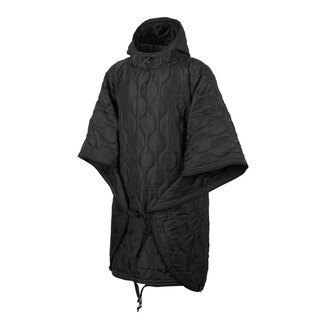


Poncho Swagman Roll® Basic Helikon‑Tex®
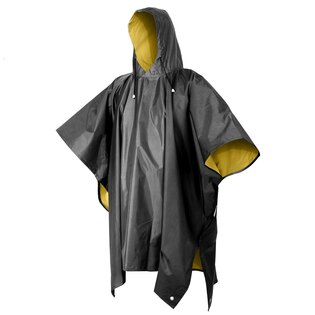


Rothco® reversible poncho
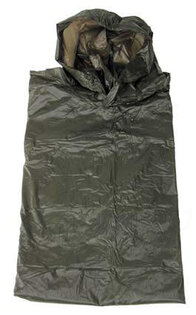
MFH® BASIC vinyl poncho
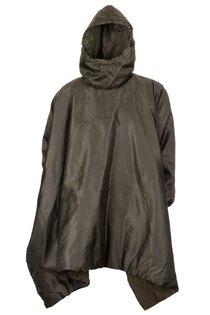


Snugpak® Insulated Poncho Liner
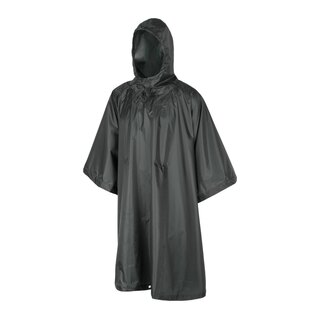


PONCHO U.S. MODEL
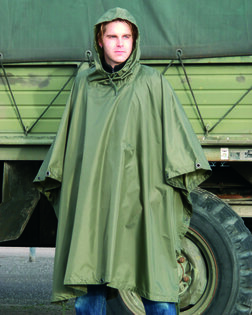


Mil‑Tec® Poncho ripstop
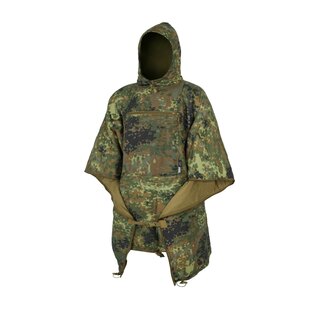


SWAGMAN ROLL PONCHO®
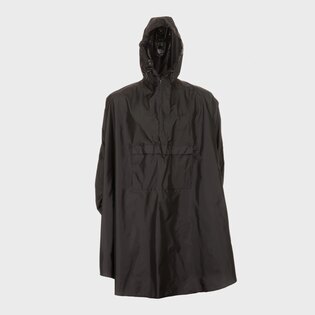


Snugpak® Enhanced Patrol Poncho
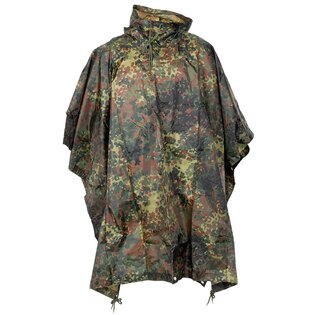


US poncho ‑ Rip Stop MFH®
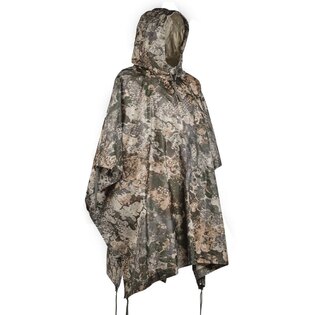


Mil‑Tec® US Ripstop poncho
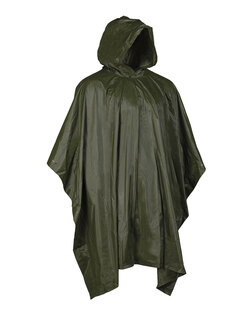


Poncho Basic Mil‑Tec®
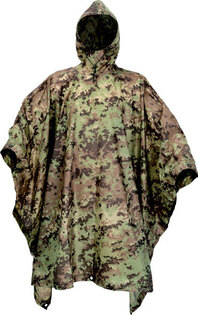

Water Poncho Defcon®
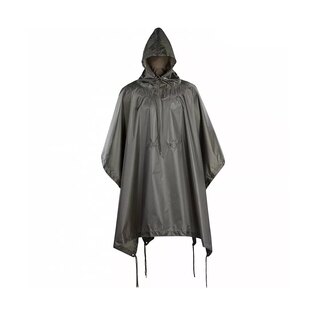
M‑Tac® Rain Poncho
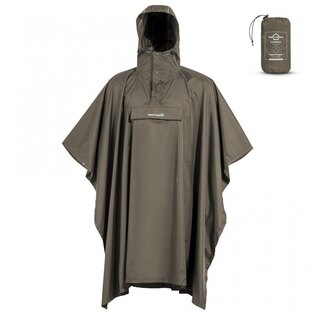


Pentagon® Cloudburst Rain poncho
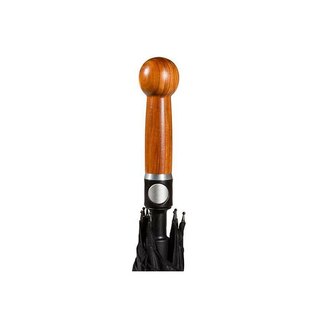
Self‑Defense Umbrella E.I. Limited®
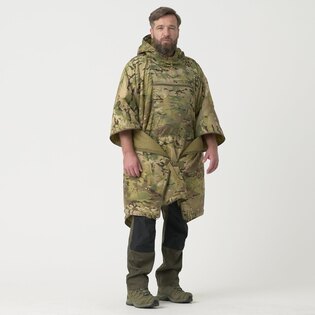


Helikon‑Tex® Swagman Roll® Climashield® poncho






























































































































